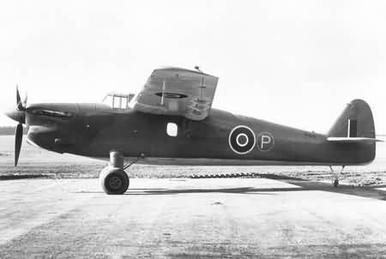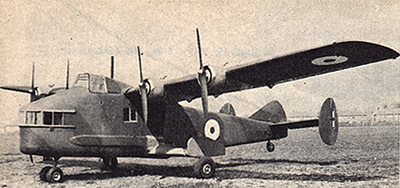Barrett
Senior Airman
The Barracuda's missing bomb bay has caused considerable musing among naval aviation students and operators. Seems oddish especially given the high "shoulder" wing mount.
Anybody out there have some insight or Declassified Documents on the subject?
Thank you one & all.
Anybody out there have some insight or Declassified Documents on the subject?
Thank you one & all.



